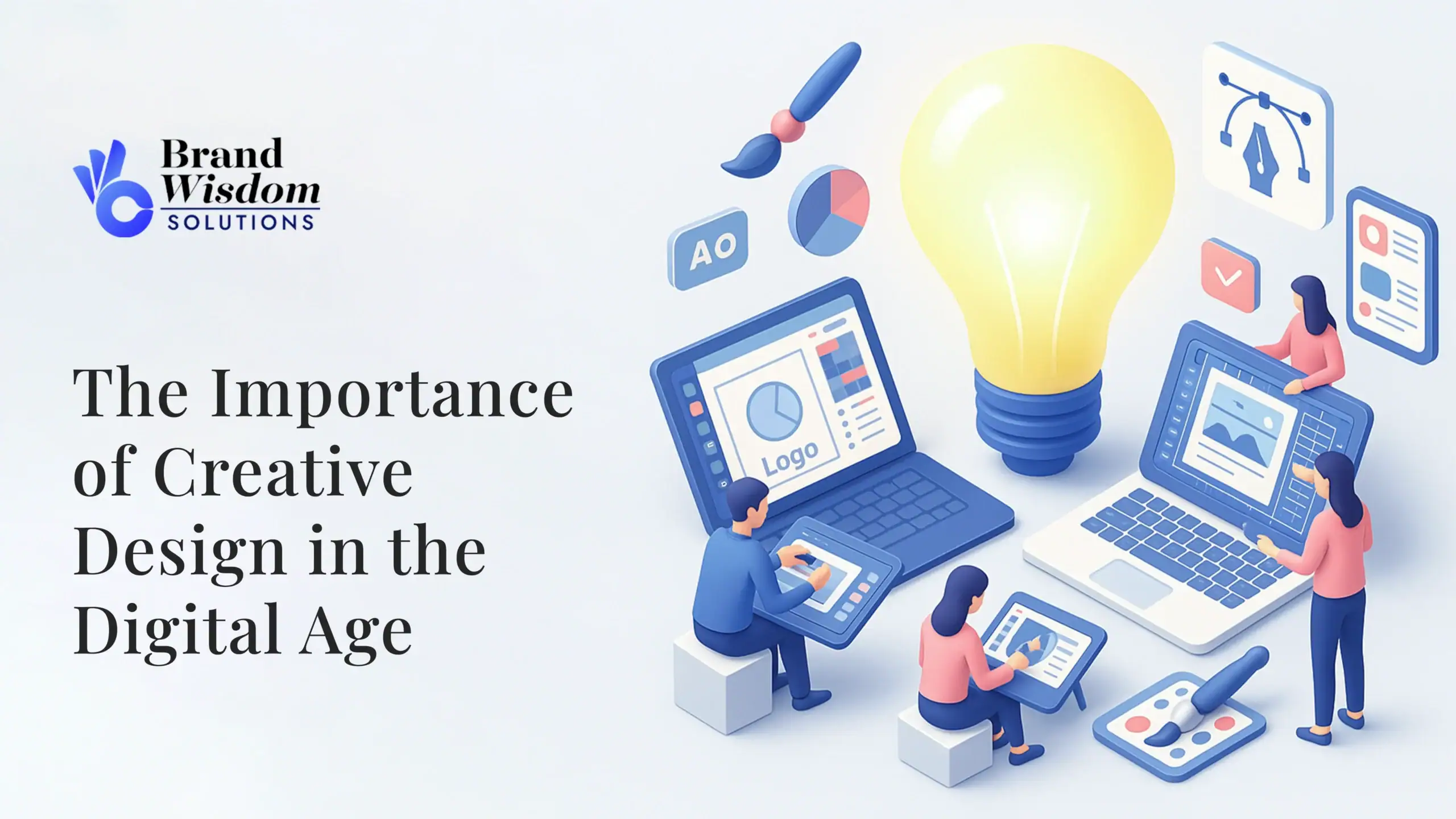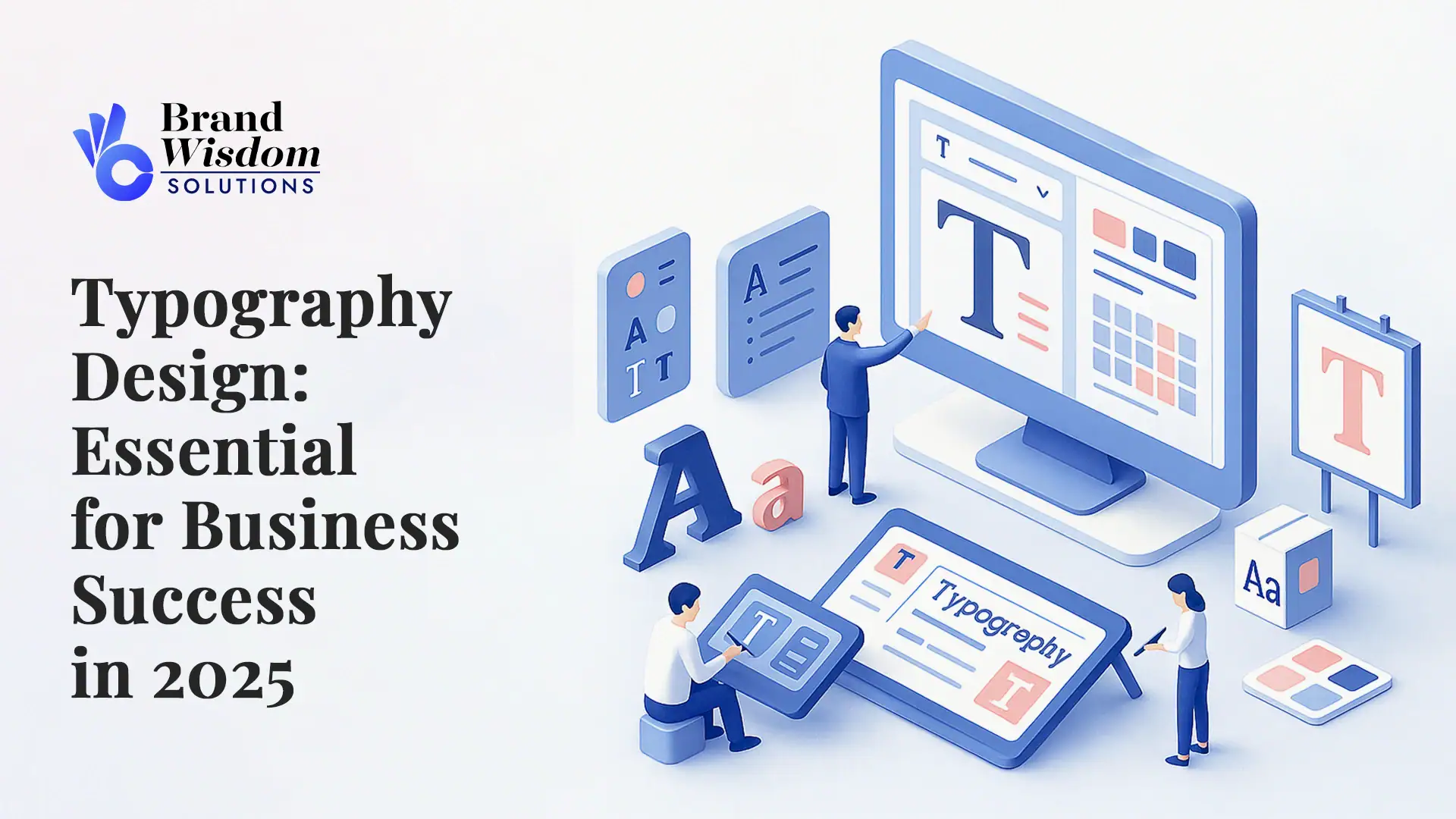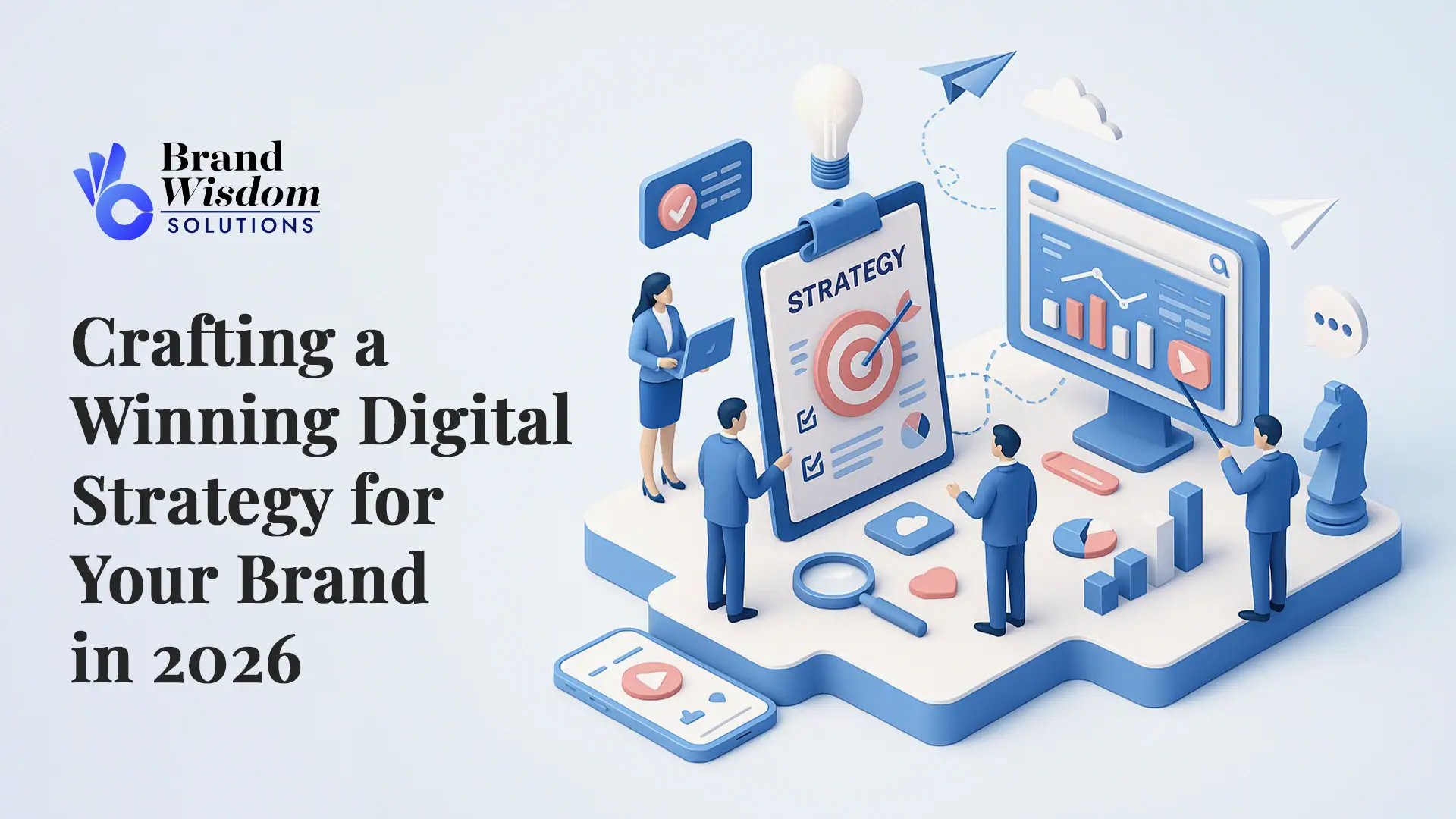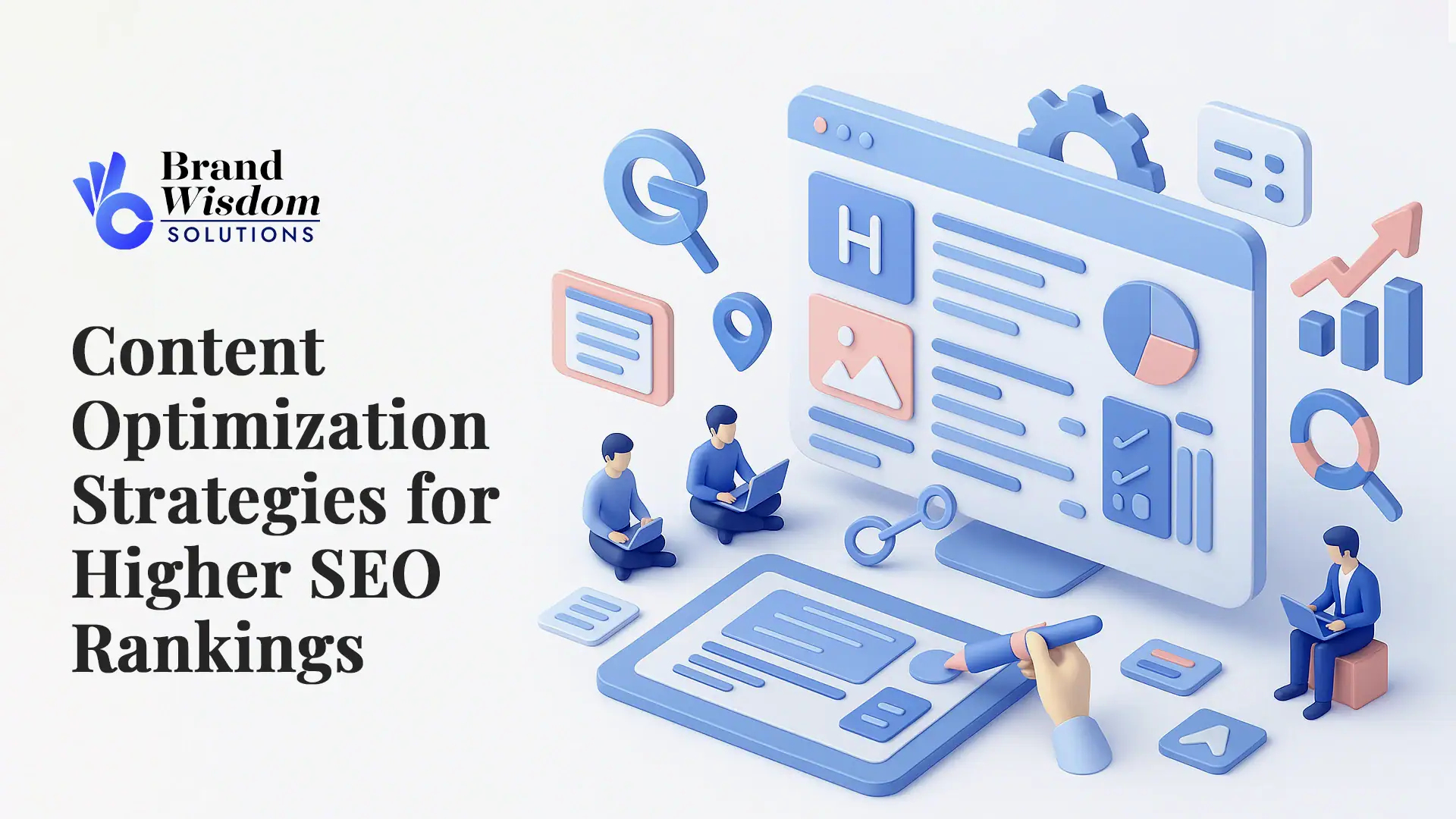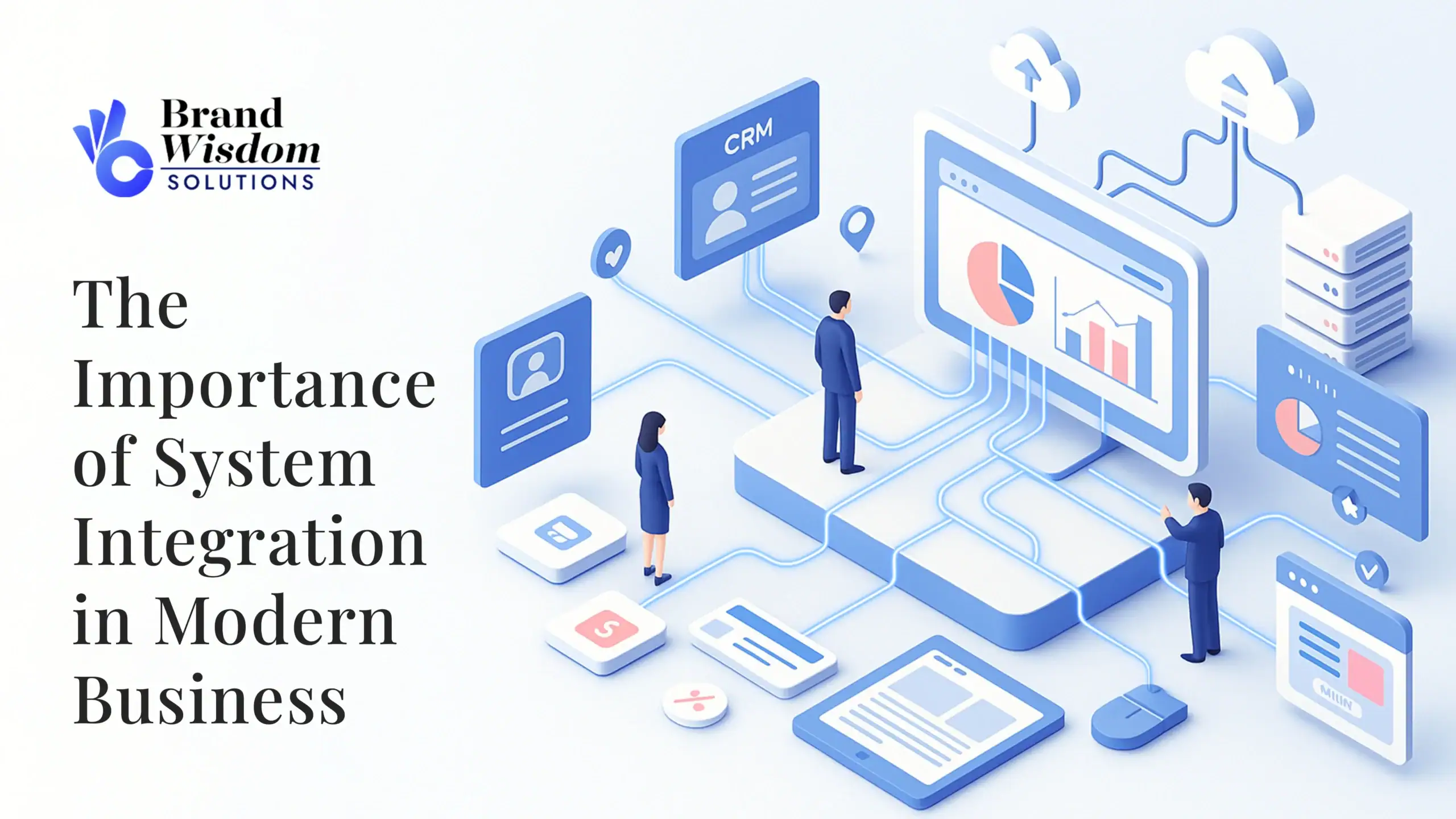In today’s digital-first world, creative design is more than just making things look good, it’s the bridge between ideas and impact. Whether it is project management, public relations, or advertising, creative design is essential to bridge purpose with presentation. The creative director role has transformed into a strategic leadership function, tasked with guiding innovation, fostering collaboration among the team, and ensuring that visuals meet brand messaging.
With technology redefining the way we work and engage, creative design today merges form with function to ensure that experiences are not merely beautiful but meaningful and functional as well. It keeps pace with shifting user needs and cultural currents to keep brands relevant and top of mind. Whether you’re revitalizing your identity, introducing a new campaign, or building an effective PR strategy, creative design is the aspect that ties it all together—making lasting impressions among users, audiences, and stakeholders alike.
The Evolution of Creative Design in the Digital Era
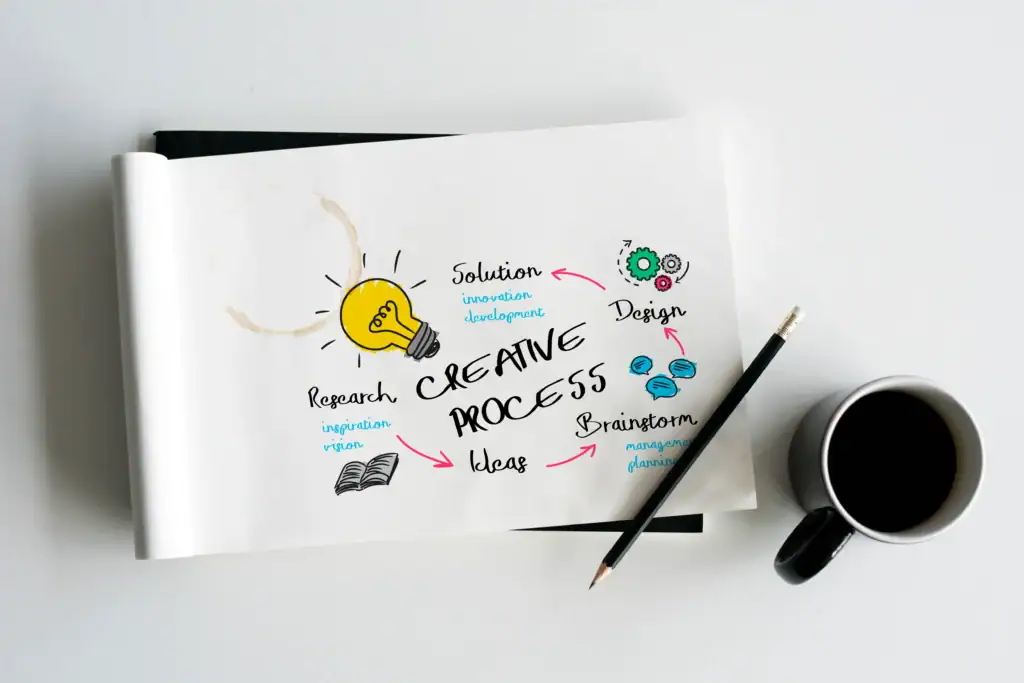
Creative design has evolved much over the years. It shifted from basic primitive ways to new modern ones based on digital tools. Design previously focused a lot on things that you could touch or view. Nowadays, most design work is done on computers. Digital tools combine images, motion, and ideas in fresh ways. This is transforming the way companies communicate with their customers.
The digital transition assists the individuals working in creative design. They now possess new tools that allow them to achieve things quicker and be more innovative. Professional teams utilize these tools to create all from advertisements to company logos. They blend intelligent thinking with conceptual designs. This assists them in creating excellent designs that meet what people require and desire today.
From Traditional to Digital: Key Milestones
Previous to this, creative design relied heavily on the old ways. Individuals would use sketches by hand, create printed brochures, and accomplish other artwork manually. Photography improved a great deal. Subsequently, transitioning to desktop publishing altered the process of team members collaborating on project management.
By the early 2000s, technology began making significant shifts in creative work project management. Technologies such as Adobe Creative Cloud and other software enable team members and creative directors to receive ideas and complete design tasks more quickly. These technologies assisted in getting things done, maintaining the flow of work, and communicating with clients more effectively.
Now, technology makes everything in touch and flow together for contemporary project management. Tools such as monday ensure that team members can collaborate with ease. They ensure individuals are able to share ideas, complete design work quickly, and provide clients with improved results. All these developments demonstrate that project management in creative design, and even individual team workers, continues to evolve with fresh technology.
Impact of Technology on the Creative Process
The digital era has revolutionized the manner in which individuals work on creative design projects. Members of a team can now utilize platforms such as Monday.com to create projects, track how things are progressing, and continue shipping on schedule for what has to be completed.
Technology has also enabled individuals from various occupations to collaborate more. The group can discuss concepts online and communicate what is going on live. This new method allows creative directors to view what works, correct what does not, and create improved campaigns and visual designs. It has also simplified the management of projects and accelerated new means of being creative.
Designers are today employing Artificial Intelligence and automation to create designs suitable for every individual on a larger scale. With improved shipping plans and greater collaboration enabling people to work quicker, new technology continues to play a significant role in the way teams design and achieve more in creative design.
Core Elements of Modern Creative Design
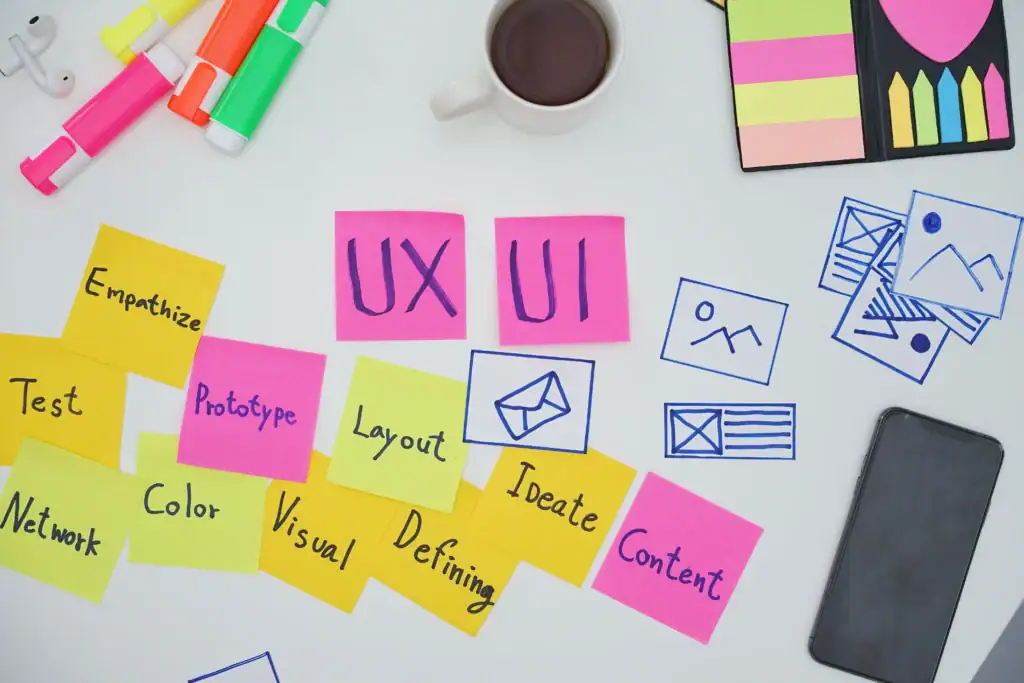
Contemporary creative design integrates both creative thinking and smart working. User experience (UX) and user interface (UI) are the two core elements of design. They ensure the work reaches out to people and also align with what the company requires.
Storytelling is a large component of design, since it connects concepts to emotions. A distinct appearance for the brand makes people familiar and remember it. Team members collaborate and employ improved project management, so they can generate fresh ideas and complete strong designs that align with what the brand desires.
User Experience (UX) and User Interface (UI) Principles
Smooth user experience is largely dependent on good user interface principles. These guidelines help team members design intuitive and effective steps for users to follow. With UI elements well-designed, users are able to engage with the interface better, ultimately promoting the identity of the brand. Attributes such as easy navigation and responsive designs that perform well on a number of devices help generate good public opinion. Such improvements result in increased customer satisfaction levels.
Creative directors have a central role in the management of projects to ensure that visual aesthetics and functionality harmonize. Such harmonization not just improves user experience but also facilitates processes such as delivery and shipping, especially on systems like Monday.com. Through the integration of design principles with project management techniques, creative directors promote harmony and success for digital projects.
The Role of Storytelling and Visual Identity
Storytelling unites emotions and concepts in public relations. It aids messages in reaching and influencing individuals. If you combine this with visual identity, creative directors are able to get brands noticed by individuals in a powerful manner.
A brand’s visual identity is a result of employing consistent colors, font style, and images. All these aspects serve as a unit to enable customers to recall the brand and indicate what the brand represents. Creative directors tend to construct strategies that enable them to achieve project management objectives. This ensures that deliverables are even greater than expectations of the individuals.
Team members collaborate to link storytelling and brand. This collaboration enables easy creation of stories and brand appearances that individuals recall. When team members collaborate well, it also enables individuals to remain devoted to the brand.
Enhancing User Experience through Creative Design
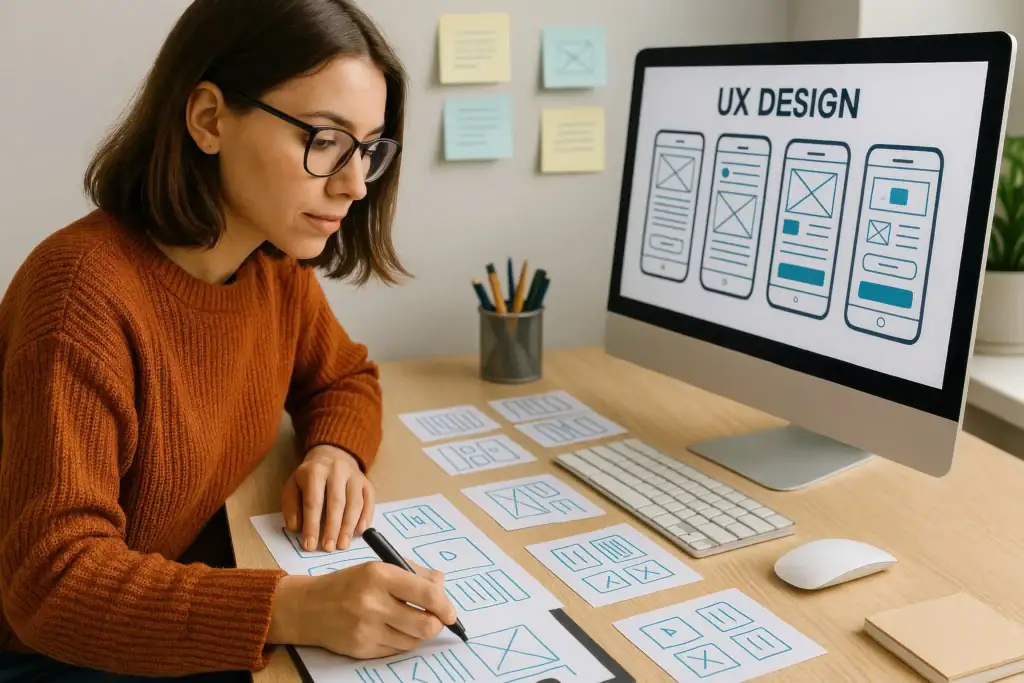
Creative design has a large impact on user experience. It combines straightforwardly used features and appearance that draw individuals in. The creative directors simplify project management to make it easier so teams can concentrate on creating designs that grab people’s attention.
When working together, the team comes up with solutions that demonstrate how flexible and new they can be. Whether they are redesigning a website or simplifying it, it is all aimed at providing people with something that is good to use. In this way, people receive what they want and more. Such actions build trust in a brand and people tend to return to the brand over and over.
How Creative Design Enhances Brand Identity
Good design is important in transferring the brand identity and values of a brand to its consumers. Good design makes people feel something and gives them a sense of connection, sticking with them long after they have experienced it. Design consistency within every touch point of a brand reiterates the message of the brand and makes it simple to recognize. Detail in the design aspects facilitates holding the attention of the audience and distinguishing the brand from others.
Successful project management is critical in executing creative visions. Collaboration among team members is critical in carrying out projects according to the creative director’s vision. Where team members are working together in a coordinated manner, this not only works well for the brand by producing quality output but also helps maintain the brand’s credibility on the internet. This collaborative work and attention to detail at all levels of a project help to raise the brand’s reputation and image over time.
Furthermore, spending money on good design and effective project management is not only about short-term outcomes but also long-term success. Effective branding and well-delivered projects generate consumer trust, resulting in greater loyalty and positive brand perception. Through prioritizing design excellence and effective project management, brands can establish a solid foundation for continued growth and success in the market.
Tips for Successful Digital Creative Design Strategies
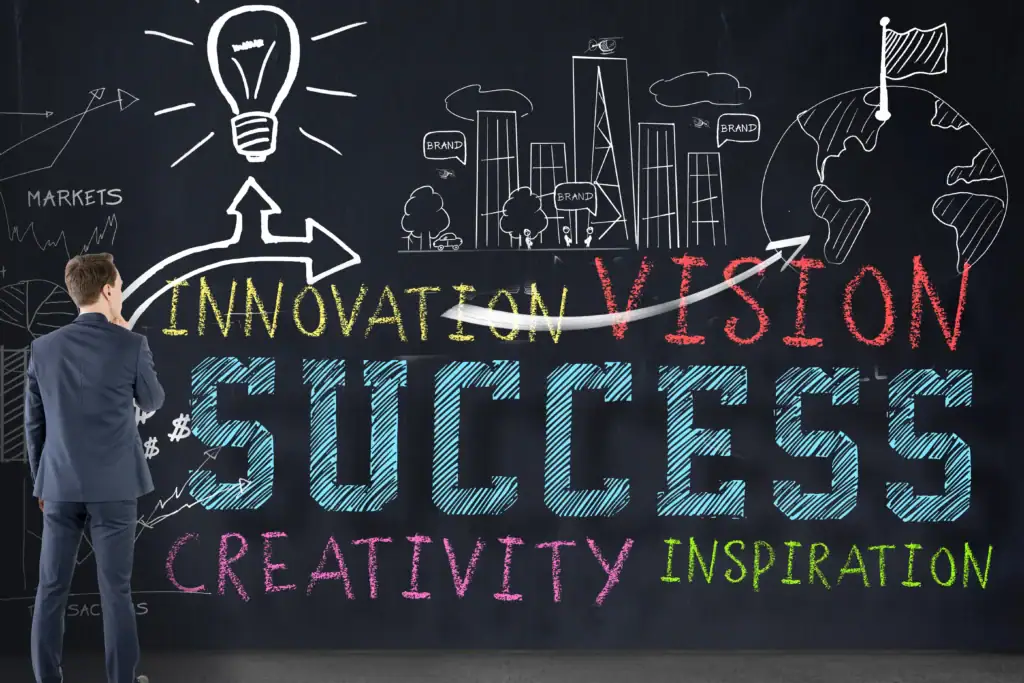
Being successful in digital design for creativity requires careful planning and taking things step-by-step. Team members must collaborate. This ensures that everyone gets to be creative. It also ensures project management aligns with delivery objectives.
Maintaining an eye on trends in users, selecting the appropriate design material, and utilizing quality promotional assets will help to differentiate the brand. Do not only respond. Rather, attempt to plan and look ahead to see what lies ahead. Having proper planning on hand, shipping high-quality work aids in trust creation. It also creates better connections with the audience.
Common Pitfalls to Avoid in Digital Creative Design
Making designs overly complicated confuses individuals rather than clarifying things. Paying too much attention to implementing multiple features rather than concentrating on user experience may drive visitors away. It also detracts from what your brand is communicating. It is critical to stay consistent. Applying different styles to various platforms may make your brand appear disorganized.
When everyone on the team is not on the same page during project management stages, it creates issues. That is, you may spend both time and resources unnecessarily. Again, if you do not take feedback and do not change things once shipped, new ideas may cease to come in. So, always listen to suggestions when shipping. This makes the digital world more engaging for all.
Future Trends to Monitor in Digital Design Creativity
The changing digital design creative landscape is being greatly influenced by new technologies that are transforming how projects are designed and done. The cutting-edge tools not only make it easier to design amplified and interactive experiences but also create more effective collaboration among team members with the incorporation of artificial intelligence and machine learning. This union creates faster project management processes, simplifying workflows for more effective delivery.
To respond to increasing environmental issues, brands are giving more importance to green design principles, demonstrating an increased responsibility towards sustainability and the environment. Augmented reality is increasingly acting as a powerful medium in attracting user interest, engaging them in innovative and immersive experiences that expand the borders of the physical and virtual worlds.
For aspiring creative directors to thrive in this fast-paced industry, it is essential to remain at the forefront of these technological innovations and trends. Adopting these new developments not only assures one of their role and competitiveness but also creates new areas of creativity and innovation in this ever-changing environment.
Conclusion
Ultimately, creative design is much more than just making things pretty—it’s a strategic resource that influences the way that people see, engage with, and remember your brand. Today, in a digital-first economy, design is the way that companies convey value, emotion, and trust at every touch point. It has an impact on everything from initial impressions to long-term engagement. And as technology continues to change, companies need to keep pace by embracing design principles that build usability, clarity, and connection.
Excellent creative design is a combination of storytelling, natural UX/UI, brand coherence, and visionary visuals. If they combine and align with each other, they form experiences that connect and forge long-term relationships with your audience. When you’re reviving your brand identity, opening a new digital product, or optimizing user journeys—putting money into the appropriate creative design strategy can trigger action and differentiate you within a busy marketplace. If you’re ready to elevate your brand, consider booking a complimentary consultation to discuss design strategies specifically designed to meet your business objectives.
Frequently Asked Questions
Why is creative design of greater significance in the digital era?
Creative design is extremely significant today because most sectors must connect with individuals online. Creative directors assist members to create stunning work that resonates with project management objectives. This ensures the customer enjoys an excellent experience and remembers it. Improved workflow enables teams to deliver sooner and develop better public relations with the public.
How does digital creative design impact consumer behavior in India?
In India, creative design plays a role in determining how folks shop. It provides them with products that are visually appealing and feel comfortable. Creative directors and their team utilize Monday to ease project management. With easy shipping, individuals receive their custom designs on schedule. This can guide customers to make purchasing decisions and bring them back for more.
What are the key skills of a creative designer nowadays?
Creative designers nowadays must understand more than design. They must possess public relations and project management skills. They also collaborate with creative directors and team members. Understanding the usage of tools such as Adobe Suite and learning the fundamentals of design is a necessity. They need to be proficient problem solvers in a flexible manner. Effective communication among all the team members ensures that all the work gets completed on time. This ensures ease in shipping work and delivering designs that impress.
What are the major principles of creative design?
The most important principles of creative design are balance, contrast, alignment, repetition, and hierarchy. These act together to develop beautiful and effective designs that convey messages clearly. Learning about these principles is very vital for any designer who wants to engage audiences and improve user experience in the modern era.

